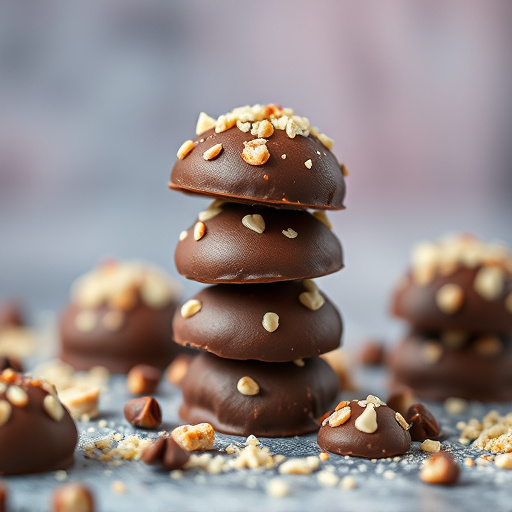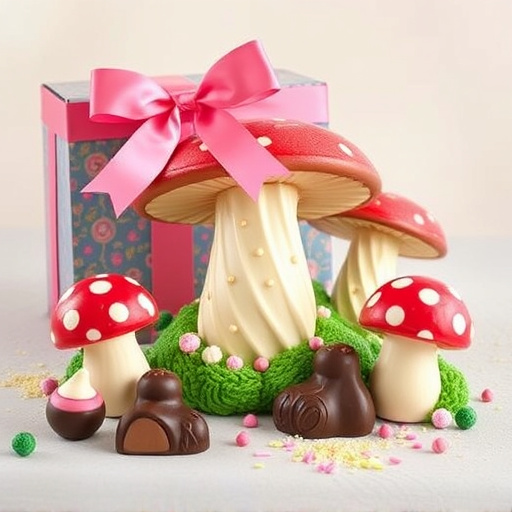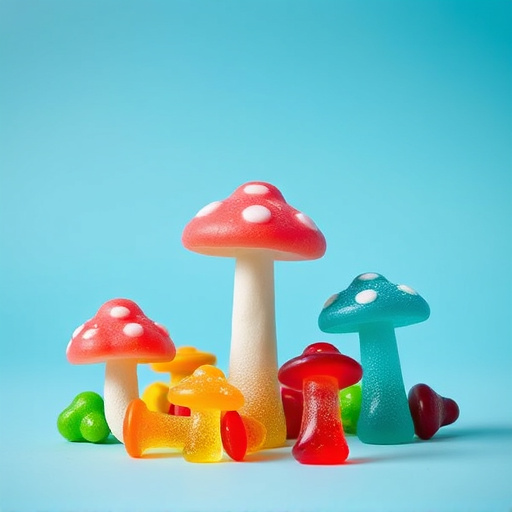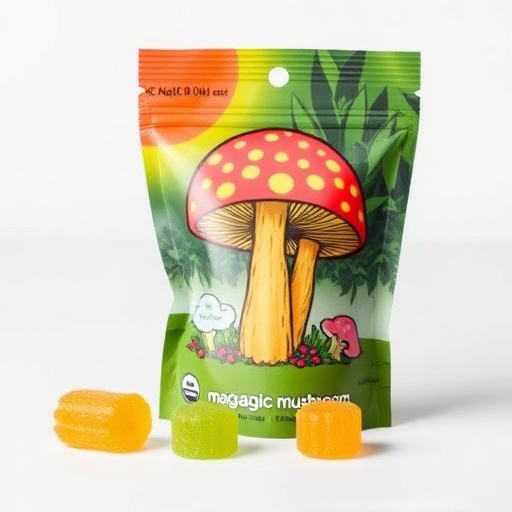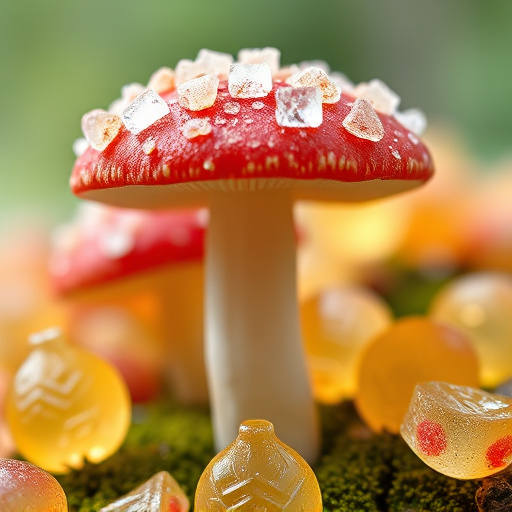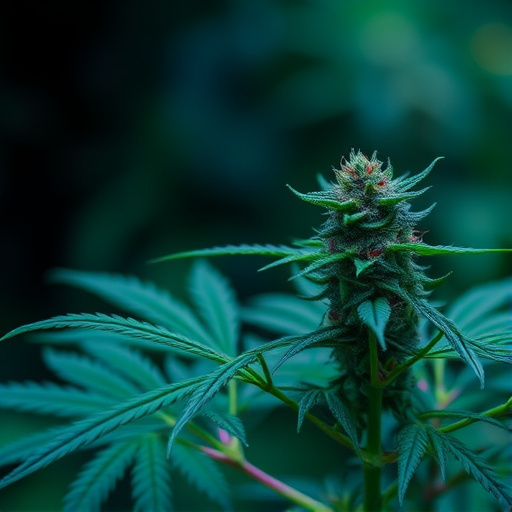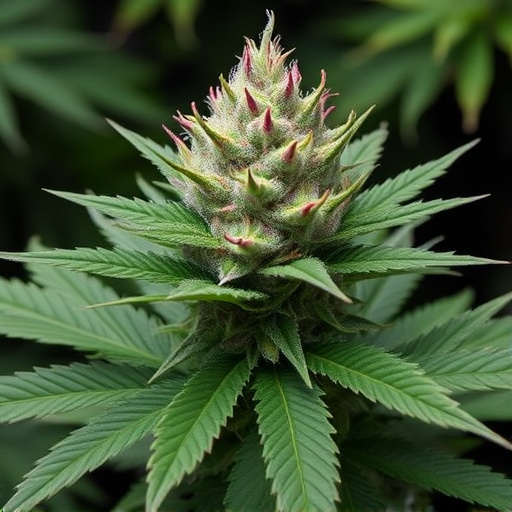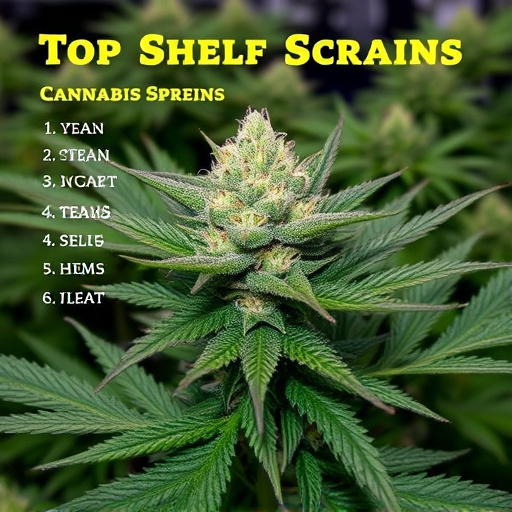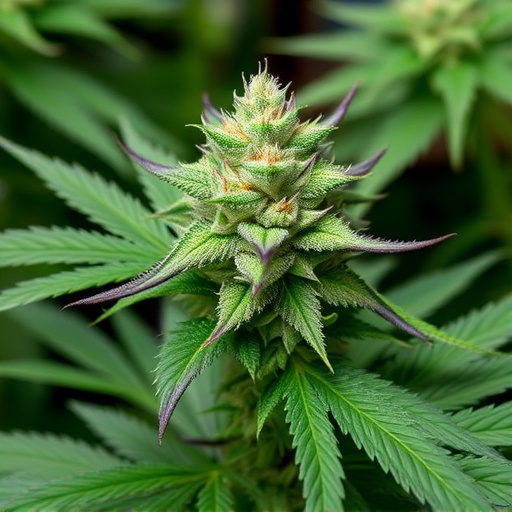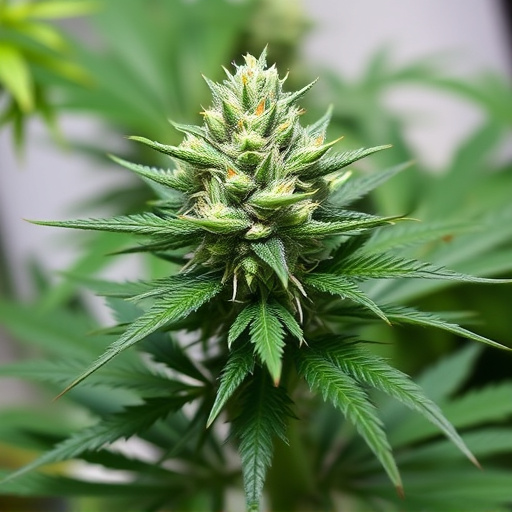The transformation of cannabis flowers from green to vibrant hues is governed by a complex interplay between cannabinoids, terpenes, carotenoids, and anthocyanins. Environmental conditions like temperature and light trigger changes in these compounds, while genetic predisposition influences pigment intensity. Cultivators can use this knowledge to create high-quality top shelf cannabis strains with distinct colors reflecting the plant's health, maturity, and therapeutic benefits. Reds and oranges indicate anti-inflammatory properties, while deep blues suggest enhanced cognitive function.
Discover the captivating transformation that occurs as cannabis flowers bloom, exploring why their colors shift from verdant green to vibrant hues like purple, pink, or orange. This article delves into the intricate science behind cannabis pigmentation and how various factors influence the color shift in top shelf cannabis strains. Uncover the significance of these changes on both cannabis quality and user experience.
- The Science Behind Cannabis Pigmentation
- Factors Influencing Color Shift in Top Shelf Cannabis Strains
- Understanding the Impact of Color on Cannabis Quality and User Experience
The Science Behind Cannabis Pigmentation

The science behind cannabis pigmentation is a fascinating aspect of this complex plant. Cannabis flower changes color as it matures, undergoing a series of biochemical transformations that result in its diverse hues. These colors are not just aesthetically pleasing; they serve as a visual indicator of the plant’s ripeness and potency. Pigmentation in top shelf cannabis strains is primarily governed by two key compounds: cannabinoids and terpenes. Cannabinoids like THC and CBD play a crucial role in determining the final color, with specific levels influencing the range from green to amber or even purple shades. Terpenes, on the other hand, contribute to the plant’s aroma and flavor, and some are known to enhance or alter the coloration process.
As cannabis flowers age, the chlorophyll content decreases, allowing other pigments like carotenoids and anthocyanins to become prominent. Carotenoids, responsible for yellow and orange hues, act as antioxidants, protecting the plant from UV damage. Anthocyanins, giving rise to reds and purples, are pH-sensitive and can change color based on environmental conditions. This intricate interplay of chemical reactions and exposure to light contributes to the vibrant palette we see in top shelf cannabis strains, making each variety unique and visually appealing.
Factors Influencing Color Shift in Top Shelf Cannabis Strains
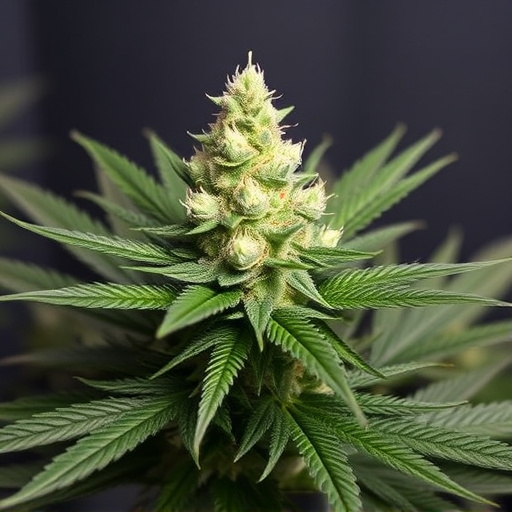
The color shift in top shelf cannabis strains is a captivating process driven by various factors. One key influencer is the plant’s environmental conditions, particularly temperature and light exposure. Changes in these elements during the flowering phase can prompt the production of different cannabinoids and terpenes, leading to variations in pigment expression and, consequently, the final color. For instance, cooler temperatures often encourage the development of more vibrant, intense hues.
Additionally, genetic predisposition plays a significant role. Different cannabis strains have unique genetic makeup, which determines their natural pigment profiles. Some varieties are genetically inclined towards producing flowers with richer colors, while others exhibit more subtle tones. Understanding these genetic variations is crucial for cultivators aiming to create and maintain top shelf cannabis strains known for their distinctive visual appeal.
Understanding the Impact of Color on Cannabis Quality and User Experience
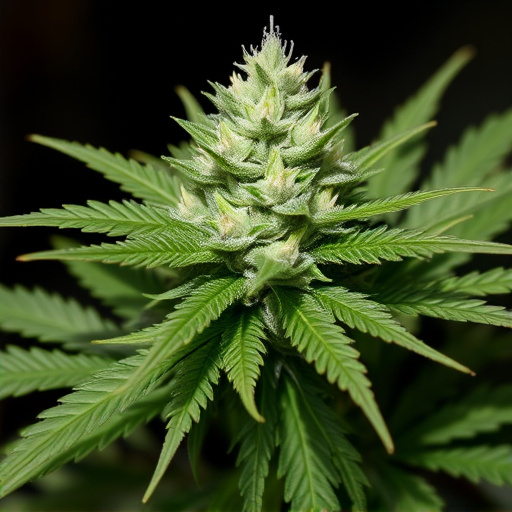
The vibrant hues of cannabis flowers, ranging from deep blues and purples to fiery oranges and reds, are more than just visually appealing. These colors serve as a testament to the plant’s health and maturity during its cultivation journey. In the world of top shelf cannabis strains, color plays a crucial role in determining both quality and user experience. Each pigment is linked to specific compounds, such as cannabinoids and terpenes, which contribute to the final product’s unique aroma, flavor, and potential therapeutic benefits.
For instance, rich reds and oranges often indicate higher levels of beta-carotene, known for its anti-inflammatory properties. Meanwhile, deep blues may suggest increased levels of anthocyanins, powerful antioxidants that could enhance cognitive function. Understanding these color-compound connections allows cultivators to closely monitor their crops, ensuring optimal conditions for superior-quality cannabis. This attention to detail results in top-tier strains sought after by discerning consumers.
Cannabis flower color change is a fascinating process driven by scientific principles, influenced by environmental factors, and crucial for understanding the quality and user experience of top shelf cannabis strains. By delving into these aspects, we gain insight into why different strains exhibit vibrant or muted hues, ultimately enhancing our appreciation for this complex plant.
